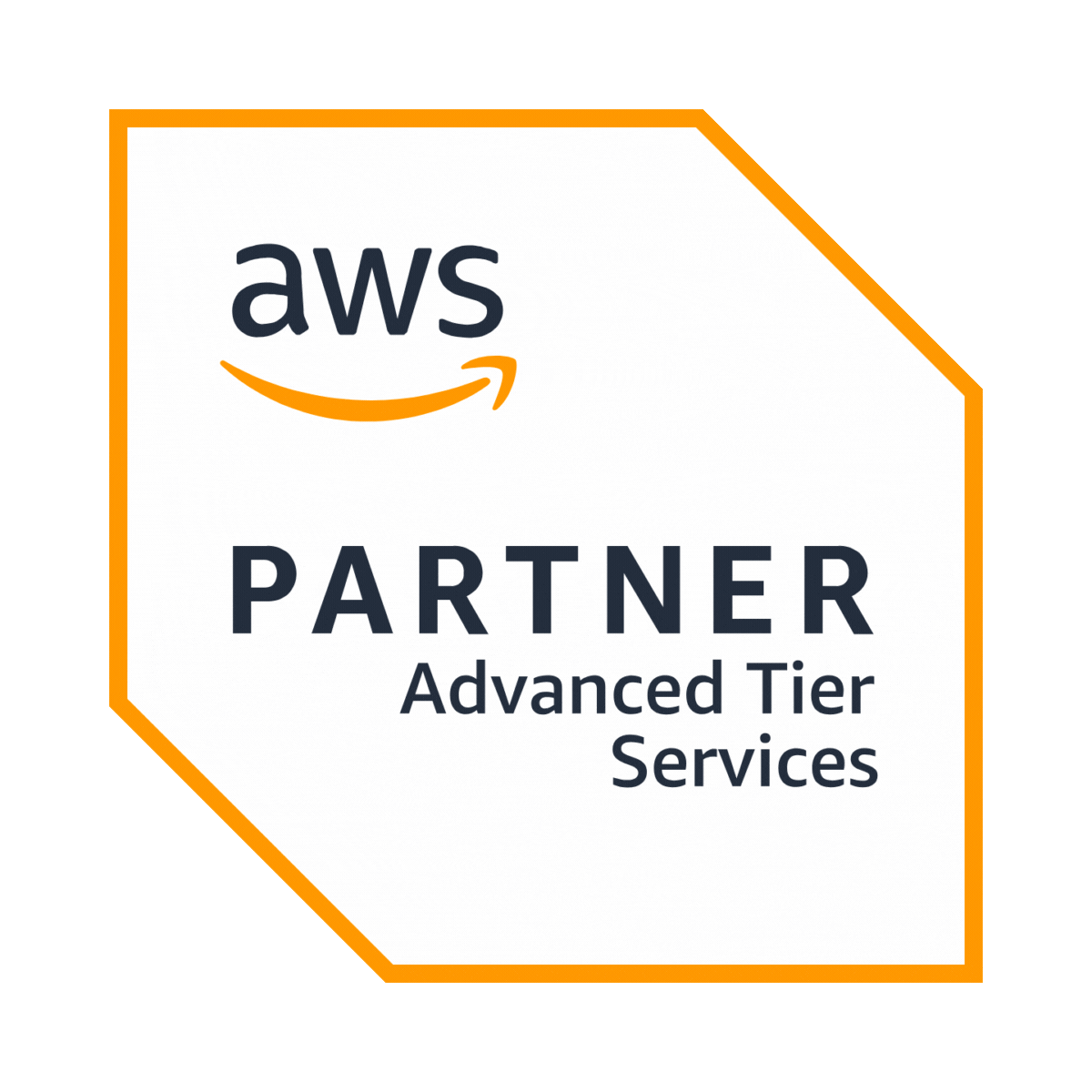In today's data-driven landscape, organizations are drowning in information but still struggle to extract meaningful insights quickly enough. Decision-makers need clarity, not just more data. This is where knowledge graphs come into play. They bridge the gap between raw data and actionable insights by showing how different data points, people, products, events, are connected.
But here's the catch: implementing and understanding knowledge graphs isn’t just a technical exercise, it’s a strategic move that can unlock unprecedented business value. In this blog, let’s talk about what knowledge graphs are, why they should matter to you as a business leader, and how they can solve real-world problems in a way that traditional databases just can't.

What exactly is a knowledge graph?
At its most basic level, a knowledge graph is a way of organizing and visualizing relationships between various data entities. Unlike traditional relational databases, which store data in rows and columns, knowledge graphs allow you to map the connections between entities, such as people, products, locations, and even events. It’s like moving from isolated data silos to an interconnected ecosystem.
For example, consider a customer knowledge graph. Instead of just storing customer names and transaction histories in different databases, a knowledge graph links their interactions, preferences, purchase history, social media activity, and more. This creates a 360-degree view of your customer.
Why should business leaders care about knowledge graphs?
For most decision-makers, the value of a knowledge graph might not be immediately clear. But once you understand how it addresses common data pain points, it becomes obvious. Here’s why knowledge graphs should be on your radar:
1. From disconnected data to actionable insights
Think about the typical data challenges you face in your business. You have data from different departments, sales, customer service, marketing, and each is stored in a different system. There’s no easy way to connect these data points, leaving you with a fragmented view of your business.
Knowledge graphs solve this problem by connecting the dots between data from various sources. This allows you to view relationships between customers, products, and even departments, which can highlight insights you might not have seen before. For example, integrating a knowledge graph with your data lake can show you exactly how a customer’s behavior in one area of your business impacts their actions in another.
2. Speeding up decision-making with richer context
The ability to make data-driven decisions quickly is essential, but it’s often difficult when you don’t have the full picture. For example, when you’re analyzing customer behavior, a knowledge graph shows you not just transactional data but also the connections between customers’ preferences, past behaviors, and even external factors (like seasonality). The result? A more context-rich decision-making process.
A well-designed knowledge graph can provide insights at the speed of thought. Imagine being able to track real-time customer sentiment and adjust your strategy almost instantly. This isn't just theory, businesses that implement knowledge graphs report a drastic increase in the speed and accuracy of decision-making.
3. Unlocking the true potential of AI and machine learning
To get real business value from AI and machine learning, you need quality data that’s not just clean but also contextually rich. Knowledge graphs offer exactly that by connecting related data points and providing a deeper understanding of how they interact.
For instance, when using generative AI to predict customer behavior, integrating a knowledge graph allows the AI model to draw from relationships between data points, leading to more accurate and context-aware predictions. This approach improves everything from product recommendations to demand forecasting.
How can you implement a knowledge graph?
It's one thing to understand what a knowledge graph is, but how do you actually put it into action? Implementing a knowledge graph requires strategic thought, and here are the fundamental steps to consider:
1. Identify your key data sources
The first step is understanding the data that matters most to your business. Whether it’s customer data, product catalogs, or marketing campaigns, identify the key data sources you want to link together. The more relevant the data, the more impactful your knowledge graph will be.
2. Choose the right tools and platforms
Building and maintaining a knowledge graph requires technology that can handle large volumes of interconnected data. AWS Neptune, for instance, offers a fully managed graph database service that’s ideal for companies looking to get started with knowledge graphs. Integrating this with tools like Amazon QuickSight can also enable you to visualize and analyze the relationships in your data, turning complex graphs into digestible insights for your leadership team.
3. Create a sustainable integration strategy
A knowledge graph is only valuable if it integrates seamlessly with your existing data infrastructure. Whether you're working with data lakes, AI models, or traditional databases, your knowledge graph should pull in data from these systems and enhance them, rather than replacing them. This ensures that your graph evolves with the business.
If you want to explore how knowledge graphs can help your business thrive, start by considering how you can integrate them into your data lakes strategy, utilize data analytics to drive business insights, or enhance machine learning development efforts.

Real-world use cases of knowledge graphs
You might be wondering: how does this all play out in the real world? Here are a few ways companies are already using knowledge graphs to drive meaningful business outcomes:
1. Personalized marketing at scale
By connecting customer profiles, behavior data, and preferences, knowledge graphs allow businesses to personalize marketing efforts at scale. Instead of using generic marketing campaigns, companies can tailor messages and offers based on the real-time insights the graph provides.
2. Fraud detection and compliance
For industries like finance and healthcare, knowledge graphs can identify fraud by uncovering hidden relationships between seemingly unrelated events or behaviors. This helps organizations detect anomalies and prevent costly errors.
3. Enhanced product recommendations
E-commerce businesses can improve product recommendations by understanding how different products and customers relate. By mapping out customer interactions, previous purchases, and even external trends, knowledge graphs enable smarter, more relevant product suggestions.
Is your business ready for a knowledge graph?
As organizations continue to accumulate more data, the need for smarter data management and analysis grows. Knowledge graphs offer a powerful solution to this challenge by creating interconnected, contextual maps of your business data. They allow for faster, more informed decision-making, help unlock the power of AI, and drive real business value by enabling you to see connections you didn’t know existed.
Reach out to us today to discuss how our expertise in AI-driven data solutions can help you get started.















